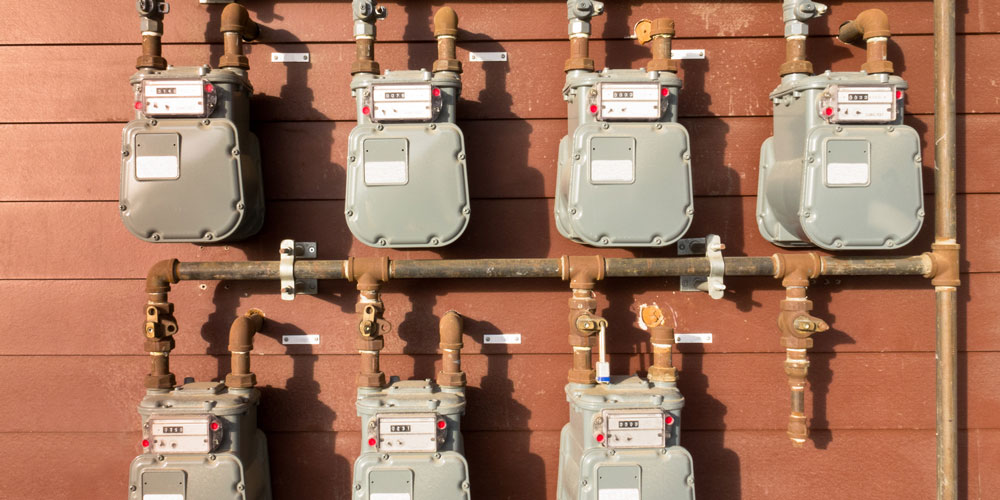A diaphragm meter is a positive displacement natural gas flow meter that utility companies use when billing residential and light commercial buildings. It is one of the most common and oldest gas meters. The development of this meter in the 19th century was crucial in the natural gas industry’s success because it was a reasonably priced way to charge the users for their energy consumption.
Today, the diaphragm meter is used in most residential and smaller commercial installations. This specific gas meter can measure even a minimal gas flow rate, and that’s why they are very popular in the industry. A continuous flow of gas is directed by internal valves that can fill and expel gas. This advanced technology means that you will be able to rely on gas meter accuracy for a long time.
The diaphragm gas meter measures the quantity of natural gas that the user consumes so that the distributor can bill for it. It is a specialized flow meter that can measure the volumes of fuel gases like propane and natural gas. Today most Diaphragm meters have an internal temperature compensation mechanism which tied to a low presure regulator on the meteresd line, allows for an accurate measurement of a compressible gas.
A specific volume of gas can be measured with a gas meter independent of the quality or pressurized quantity of gas that flows through the meter. These meters have four measurement chambers connected to form a unit that is separated by a deformable wall and a diaphragm. These diaphragms are linked to each other with a rotating piston. The amount of gas passing via the diaphragm meter can be measured if the volume of each chamber is already familiar.
Diaphragm meters can also be used with pulse generators for meter reading. The pulse generator is inserted into the same gear system that moves the odometer dial in the front of the meter. Such pulses go to a pulse data logger that will store the pulse count, convert the pulses to an actual consumption reading and communicate with a Data collection Unit to transmit that information to the cloud or to an Automated Meter Reading System.
Positive Displacement Meter
The diaphragm meter is a positive displacement meter, also known as a PD flow meter or volumetric flow meter. Here, the gas flows into a meter chamber, which has an oscillating diaphragm and holds a familiar capacity of the gas. This section then fills and empties the gas, and with each of these cycles, the volumetric flow rate is determined by multiplying the surface of the displacement plate of the diagraphagm by the distance traveled, which is measured by the gears and the arm that connect to the odometer in the front of the meter.
Advantages
Thanks to the internal temperature compensation and the limited low presure at which they operate, diaphragm meters are relatively affordable, offering a low-cost way to bill measurements bu utility companies. Recent test and manufacturing improvements have shown that diaphragm meters can maintain its accuracy for more than then years, making them the workhorse of the industry.
Limitations
The main limitations of diaphragm gas meters come from their moving parts. This explains why they demand periodic maintenance, and gas cleanliness should also be considered when using them. The gas meters are typically used in smaller pipes and relatively low flow rates at low presures. At higher consumption their sizes would require far more space; in order to maintain an appropriate balance in the use of space, pressure in the gas lines is increased, requiring a different type of meter.


